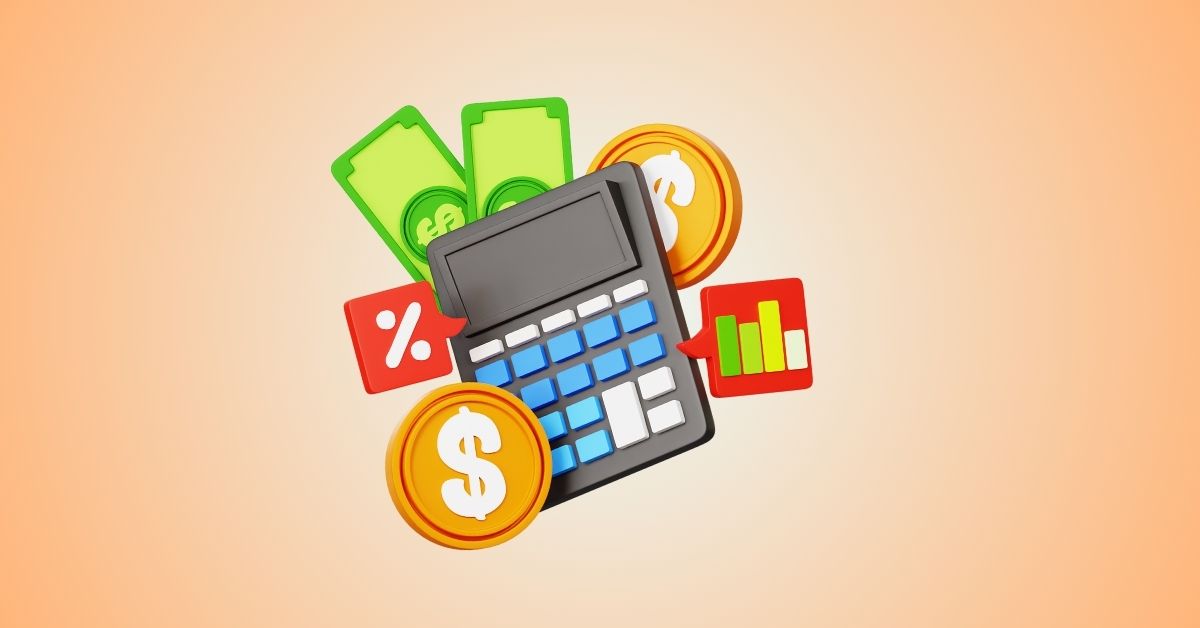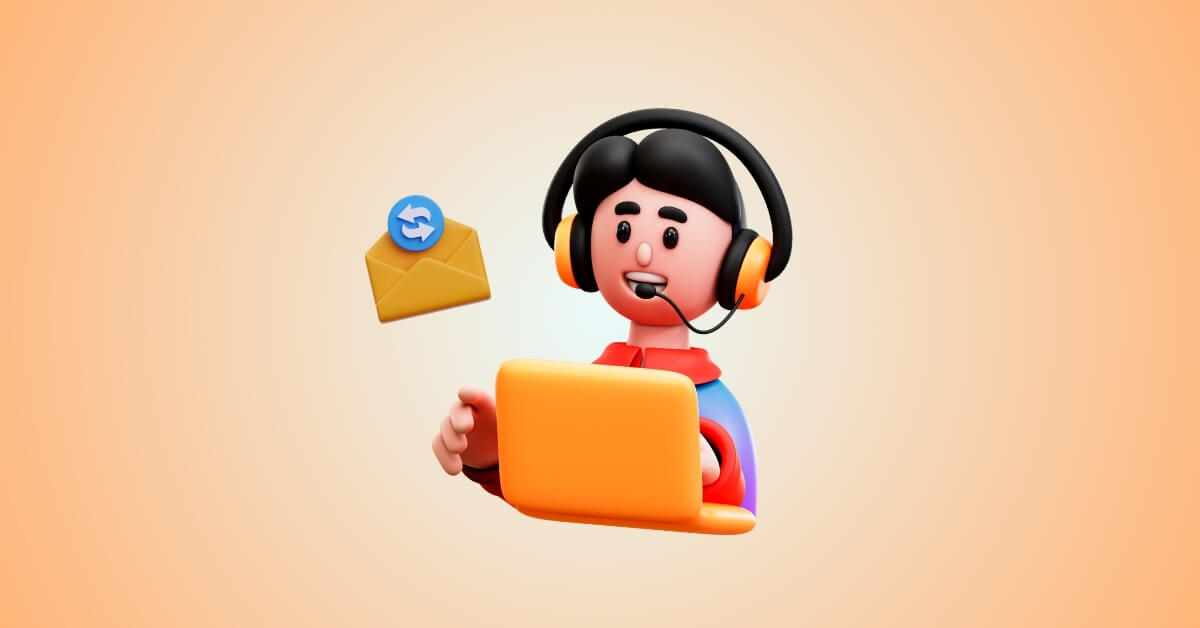Introduction
Starting a global online business is a lucrative and accessible venture, even with a limited budget of under $700. With the right strategies and resources, you can launch and scale your business to reach international markets. This guide will walk you through the essential steps to start your online business, and global business ideas which you can start under $700, emphasizing the importance of forming a US LLC and selecting the right payment gateways to facilitate smooth global transactions.
Five Business Ideas Under $700
- Dropshipping Business
- Overview: Sell products directly from suppliers to customers without handling inventory.
- Startup Costs: eCommerce platform subscription, domain name, marketing.
- Pros: Low startup costs, easy to scale, wide product range.
- Cons: Lower profit margins, and reliance on suppliers.
- Example Platform: Shopify
- Freelance Services
- Print on Demand
- Overview: Sell custom-designed products like t-shirts, mugs, and phone cases.
- Startup Costs: Design software, eCommerce platform, marketing.
- Pros: No inventory, wide product range, easy to set up.
- Cons: Lower profit margins, dependent on third-party suppliers.
- Example Platform: Printful
- Affiliate Marketing
- Overview: Promote other companies’ products and earn commissions on sales.
- Startup Costs: Website setup, content creation, marketing.
- Pros: Passive income potential, no product handling.
- Cons: Requires consistent traffic, and commission-based earnings.
- Example Platform: Amazon Associates
- Digital Products
Step-by-Step Guide to Starting Your Online Business
1. Identify Your Niche and Product
Choosing a niche that you are passionate about and has market demand is crucial. Conduct thorough market research to identify gaps in the market and validate your product idea. Utilize tools like Google Trends, Jungle Scout, or other market research tools to ensure your product will sell.
2. Create a Business Plan
A well-drafted business plan outlines your business goals, target audience, marketing strategies, and financial projections. This plan serves as a roadmap for your business and is also essential if you want to attract investors or secure loans.
3. Choose a Business Name and Secure a Domain
Your business name should be unique, memorable, and reflective of your brand. Once you have a name, secure a matching domain to establish your online presence. Platforms like Namelix can help generate business name ideas. Remember, choosing a perfect business name is extremely important. You can read our guide on this topic.
To secure your domain and purchase website hosting, consider using services like Namecheap, Hostinger, etc. With a budget of $30 to $70, you can easily register your domain and obtain hosting for the first year.
4. Form a US LLC
Forming a US LLC is crucial for global online businesses due to its benefits, including limited liability protection, tax advantages, and enhanced credibility. A US LLC allows both us residents and non-residents to operate seamlessly in the global market, providing access to a wide range of payment processors and banking systems. Go through our article and understand how you can form your LLC in Delaware for just $315.
5. Set Up Your Online Store or Website
Set up your personal, business, or eCommerce website with a budget of $250 to $350. Choose a platform that aligns with your specific needs, such as Shopify, WordPress, Wix, or WooCommerce. Make sure the platform you select supports mobile responsiveness, secure payment processing, and SEO-friendly features to help drive traffic and grow your online presence.
If you’re not familiar with technology, you can take advantage of Socialo Tech‘s services—a New York-based digital agency offering affordable website development packages tailored for startups.
6. Choose the Right Payment Gateway
Selecting a reliable payment gateway is essential for processing transactions smoothly. Here’s a brief overview of popular payment gateways:
Stripe: Known for its easy integration and support for a wide range of payment methods, Stripe is ideal for businesses targeting global customers. It also offers advanced features like subscription billing and fraud prevention.
PayPal: A widely recognized and trusted payment gateway, PayPal supports international transactions and offers buyer protection, which can enhance customer trust.
Payoneer: Ideal for freelancers and service providers, Payoneer allows you to receive payments from international clients and withdraw funds to your local bank account.
Square: Best suited for small businesses, Square offers a range of tools including point-of-sale systems and eCommerce solutions. It supports various payment methods and provides detailed sales analytics.
7. Market Your Business
Effective marketing is essential for driving traffic and generating sales. To begin, consider allocating a minimum budget of $200 to $300, depending on your business type and chosen marketing channels.
Utilize a mix of digital marketing strategies based on your business plan and target audience such as:
- SEO: Optimize your website to rank higher on search engines.
- Keyword Research: Use tools like Google Keyword Planner and Ahrefs to find relevant keywords for your niche.
- On-Page SEO: Ensure your website content is optimized for target keywords, including meta titles, descriptions, headers, and alt text for images.
- Backlink Building: Gain backlinks from reputable websites to improve your domain authority and search engine ranking.
- Social Media Marketing: Leverage platforms like Facebook, Instagram, and LinkedIn to reach your target audience.
- Content Creation: Share engaging content, such as videos, infographics, and articles, to attract and engage followers.
- Paid Advertising: Utilize social media ads to reach a larger audience and drive traffic to your website.
- Content Marketing: Create valuable content to attract and engage potential customers.
- Blogging: Write informative and engaging blog posts that address common questions and pain points of your target audience.
- Video Content: Create video tutorials, product demonstrations, and customer testimonials to build trust and authority.
- Email Marketing: Build an email list to nurture leads and promote your products.
- Lead Magnets: Offer free resources like eBooks, checklists, or templates in exchange for email addresses.
- Email Campaigns: Send regular newsletters, promotional offers, and personalized recommendations to keep your audience engaged.
Conclusion
Starting a global online business for under $700 is achievable with the right approach and resources. Forming a US LLC provides numerous advantages, including access to reliable payment gateways and banking facilities.







